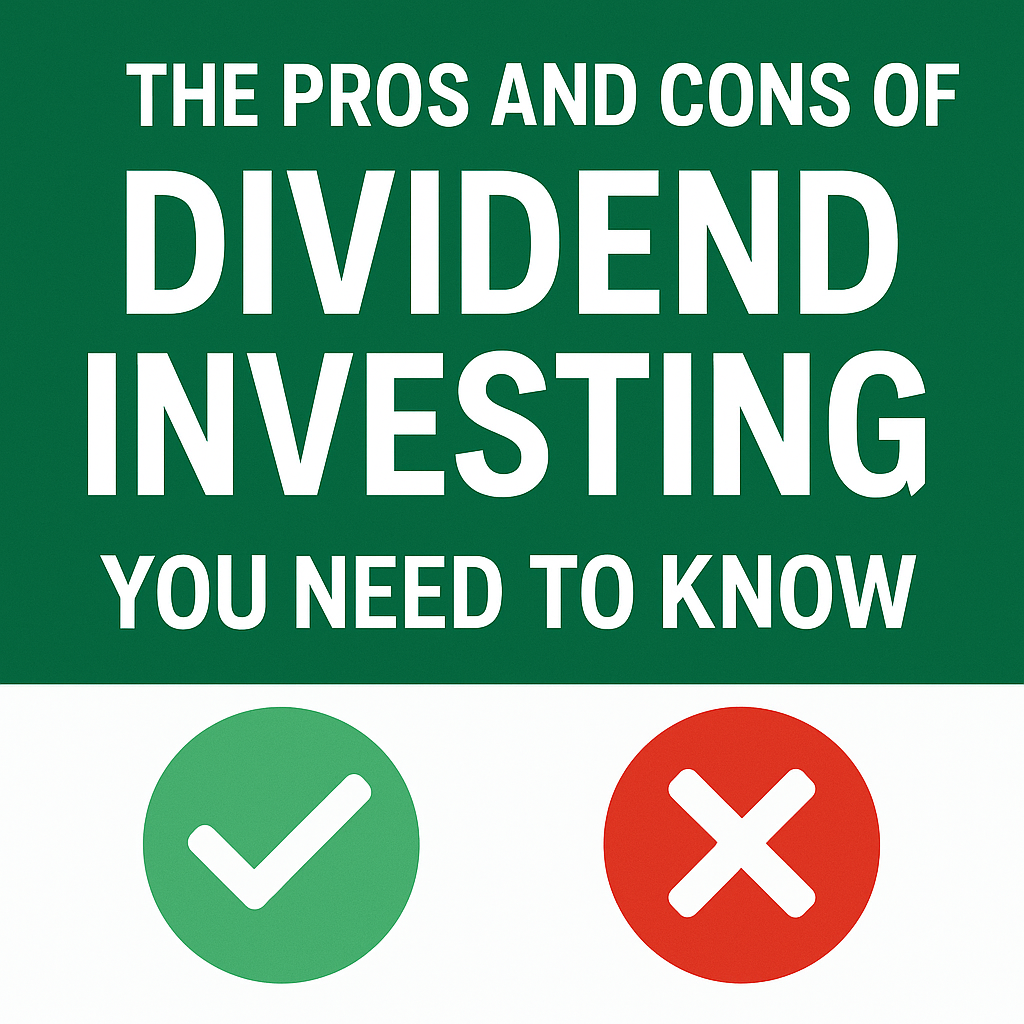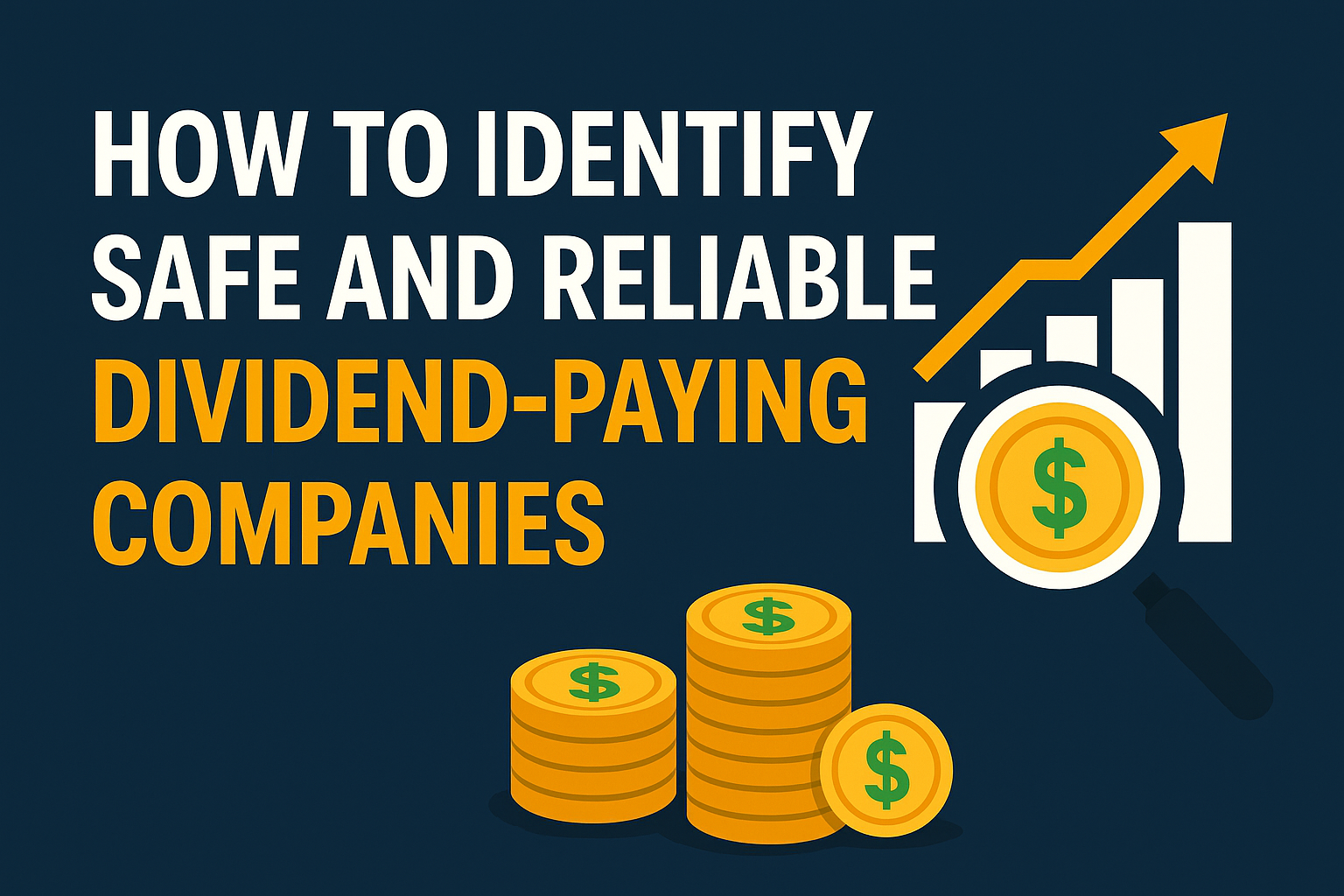Table of Contents
Learn how to avoid dividend traps and pick quality income stocks that grow your wealth. Discover key red flags and top tips for safe dividend investing in 2025
In the search for passive income, many investors are drawn to high-dividend-yield stocks. While some of these companies offer reliable income streams, others are nothing more than dividend traps—stocks that look attractive on the surface but are actually on shaky financial ground. If you’re serious about building a stable income portfolio, it’s crucial to learn how to avoid dividend traps and pick quality income stocks that deliver real long-term value.
This guide breaks down how to identify red flags, evaluate dividend sustainability, and build a portfolio of dependable, high-quality income stocks in 2025.
What Is a Dividend Trap?
A dividend trap occurs when a stock’s dividend yield appears high—but for the wrong reasons. Often, this high yield is a result of a falling share price, not a generous payout. Investors lured by the yield may buy in, only to suffer capital losses or watch the dividend get slashed.
Example:
If a company’s stock drops from $100 to $50 but maintains its $5 annual dividend, the yield jumps from 5% to 10%. That might look attractive—until the company cuts the dividend or goes bankrupt.
Avoiding these traps is essential to protecting your portfolio—and your income stream.
Why Dividend Traps Are Dangerous
- Capital Loss: Share price declines often continue after a dividend cut.
- False Sense of Security: High yield may mask weak fundamentals.
- Income Instability: Your income stream can be wiped out overnight.
- Opportunity Cost: Holding a dividend trap can prevent better investments elsewhere.
That’s why every smart investor should know how to avoid dividend traps and pick quality income stocks—especially in volatile markets like 2025.
How to Avoid Dividend Traps and Pick Quality Income Stocks
Let’s break this down into two parts: how to avoid traps, and how to identify high-quality dividend-paying stocks.
🔍 Part 1: How to Avoid Dividend Traps
Here are the biggest red flags to watch out for:
1. Unusually High Dividend Yield
If a stock is yielding 9–15%, proceed with extreme caution. Yields that are far above sector averages often indicate something is wrong.
✅ What to Do:
Compare the yield with industry peers. If it’s significantly higher, dig into the reason behind it.
2. Negative or Declining Earnings
If a company can’t generate enough profit to cover its dividend, it’s likely borrowing or dipping into reserves—both unsustainable.
✅ Check:
- EPS vs. dividend per share
- Earnings growth trends over the past 3–5 years
3. High Payout Ratio
A payout ratio over 80% often signals risk, especially if earnings are volatile. This means the company is using most (or all) of its profits just to pay the dividend.
✅ Ideal Payout Ratio:
- Under 60% for most companies
- Under 75% for REITs or utilities (which are structured to pay higher)
4. Poor Free Cash Flow
Positive free cash flow is crucial. If a company isn’t generating cash, it can’t support dividends long term.
✅ Use This Metric:
Free Cash Flow Coverage Ratio = Free Cash Flow / Dividends Paid
Look for a ratio above 1.5 for safety.
5. Declining Revenue or Customer Base
A shrinking business with declining sales is a serious warning sign.
✅ Check Trends:
- Annual revenue reports
- Market share
- Competitive threats (e.g., new tech, regulation, disruption)
6. Debt Overload
High debt increases financial risk. If interest payments eat into earnings, the dividend is on borrowed time.
✅ Watch These Ratios:
- Debt-to-equity ratio
- Interest coverage ratio
7. Management Track Record
If a company has a history of dividend cuts or poor financial stewardship, that’s a red flag.
✅ Research:
- Dividend history (check for consistency or sudden drops)
- Earnings call transcripts for tone and transparency
8. Industry-Specific Risks
Some industries are inherently volatile (e.g., oil, biotech). Make sure you understand the sector risk before committing.
🌱 Part 2: How to Pick Quality Income Stocks
Now that you know how to avoid traps, here’s what to look for when picking quality income stocks:
1. Consistent Dividend Growth
Companies that grow their dividend over time are usually financially healthy and shareholder-friendly.
✅ Look For:
- Dividend Aristocrats (25+ years of growth)
- Dividend Kings (50+ years of growth)
- Annual dividend increases
2. Strong Business Model
Stick with companies that have:
- Competitive advantages (moats)
- Recurring revenue streams
- Scalable operations
- Strong brand reputation
3. Low Volatility and Stable Price
Look for stocks with low beta (under 1.0). These stocks tend to hold their value better during downturns, which helps preserve your capital.
4. Reliable Sector
The best dividend stocks often come from:
- Utilities
- Consumer staples
- Telecom
- Healthcare
- REITs (real estate investment trusts)
5. Strong Balance Sheet
Check the financial health of a company using:
- High current ratio (over 1.5)
- Low debt-to-equity
- Positive retained earnings growth
6. High Credit Rating
Companies rated A or better by S&P or Moody’s are less likely to cut dividends.
7. Management with Skin in the Game
When leadership owns significant shares, they’re more likely to act in the shareholders’ interest.
Examples of Quality Income Stocks in 2025
Here are five high-quality dividend stocks with strong fundamentals and low dividend risk:
| Stock | Yield | Dividend Growth | Sector |
|---|---|---|---|
| Procter & Gamble (PG) | 2.7% | 67 consecutive years | Consumer Staples |
| Johnson & Johnson (JNJ) | 3.1% | 61 years | Healthcare |
| NextEra Energy (NEE) | 3.4% | 29 years | Utilities |
| Realty Income (O) | 5.8% | Monthly payer, 30+ years | REIT |
| Coca-Cola (KO) | 3.2% | 61 years | Consumer Staples |
These stocks are good starting points if you’re learning how to avoid dividend traps and pick quality income stocks.
FAQs: How to Avoid Dividend Traps and Pick Quality Income Stocks
What is the safest dividend payout ratio?
For most sectors, a payout ratio under 60% is ideal. For REITs and utilities, up to 75% is acceptable.
Are high yields always bad?
Not always—but be cautious. High yield alone doesn’t mean a stock is safe. Always investigate the reasons behind it.
Can a dividend be cut suddenly?
Yes. Companies can cut or suspend dividends without warning. That’s why fundamental analysis is key.





